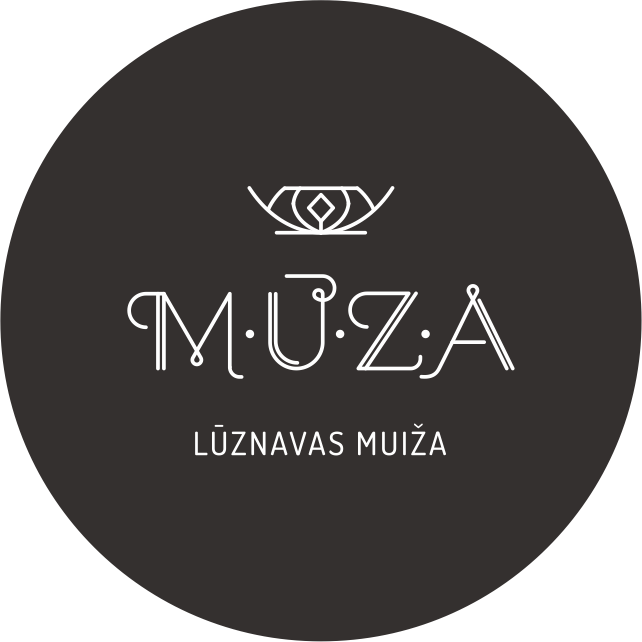YARROW
Latvian: pelašķis parastais
German: Gemeine Schafgarbe
Swedish: röllika
Estonian: harilik raudrohi
Lithuanian: paprastoji kraujažolė
Russian: тысячелистник обыкновенный
Common yarrow is a perennial plant of the sedge family, whose natural range is the
temperate zone of the Northern Hemisphere. Yarrows are medicinal plants and
herbs. They are also grown as ornamental plants and plants from which bees collect
honey.
Flower color: white
Flowering time: VII-VIII
Medicinal properties: The biologically active substances of yarrow stimulate the
appetite and the secretion of digestive juices, prevent spasms and gas accumulation
in the intestines, lower the temperature and arterial blood pressure, tighten the
uterine muscles, stop bleeding without causing the threat of blood clots, promote
wound healing, are also anti-inflammatory, bactericidal, anti-allergic effect.
APPLICATION
An infusion of yarrow flowers and yarrow is used to treat gastritis and ulcers, against
lung, intestinal, hemorrhoids and excessive menstrual bleeding, as well as against
urinary incontinence at night.
It is also used orally for the treatment of various skin diseases and lesions -
furunculosis, hard-to-heal wounds, trophic ulcers. Externally, the infusion is used for
washing, bathing, compresses.
Inflorescences with a 4 cm long stem or stipules are collected from the yarrow (up to
15 cm long plant tops with inflorescences). Less often, only the leaves of the plant
are collected, but also the rhizomes for use in folk medicine. Dry, laid out in a thin
layer, in well-ventilated rooms or in dryers, not exceeding 45°C.
Caution: Do not collect inflorescences from the similar-looking willow yarrow or
wormwood (A. salicifolia).
Yarrow preparations should not be used by pregnant women, as they increase the
contraction of the uterus and may cause the threat of abortion. For sensitive people,
collecting yarrow drugs can cause skin inflammation - contact dermatitis.
Augu katalogs ir tapis ar Eiropas Savienības finansiālu atbalstu Pārrobežu sadarbības programmas 2014.–2020. gadam projekta LVIII-062 “Versts of Feelings 2” ietvaros


